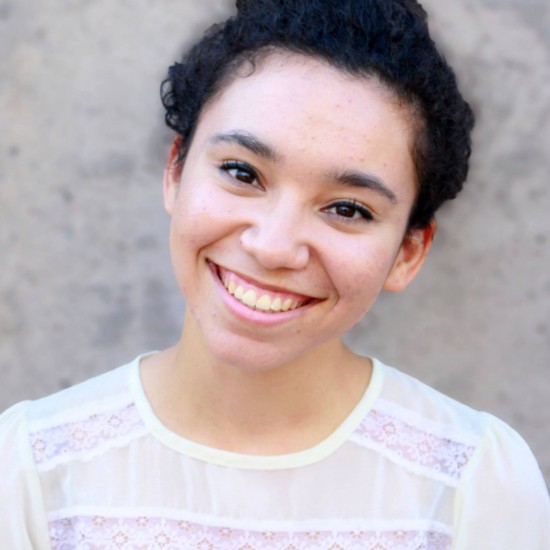What Does my Body Mean?Posted in Articles, Arts, Autobiography, Media Archive, United States on 2016-04-02 18:16Z by Steven |
Mixed Roots Stories
2016-03-30

Carly Bates (Photo by: Bethany Brown)
As a student of jazz at my university, I often occupy white male dominated spaces. I am the only woman of color (a black/white biracial woman) in a jazz history class, “Jazz Musicians as Composers,” a course that explores the gray areas of jazz as a concert music. Sometimes, I wonder if I can give myself permission to be a woman of color in this space. In a discussion surrounding the “Freedom Now Suite,” Max Roach’s response to the Greensboro sit ins, I have 75 minutes to say something—anything— so that my professor doesn’t think that I’m “just a shy student.” Rather, I negotiate with myself for 75 minutes what I am allowed to say, how what I say is a reflection of the body I occupy. Pressure mounts as someone questions the rigidity of jazz as a “black” art form. Pressure mounts as students discuss the auto-exoticism of African-American jazz musicians. Pressure mounts as the professor asks if anyone has ever felt that they had to represent a group of people, to act as a monolith. I scream silently: “Yes, every time I enter your class. Every time, for 75 minutes, I measure the amount of voice and the amount of blackness that I allow myself to have.”
What does my body mean here?…
Read the entire article here.


